

Life is pretty scary these days on a world scale, nationally and locally and this weekend it might be as well, if you can, to batten down the hatches and be a couch potato. For many others there’s no option but to brave the terrible weather and hopefully stay safe.
That was the situation 59 years ago last week. The seas round the coast were frantic On Saturday 31st January (mistakenly said February thank you to those who pointed this out) the forecast was terrible, the size of the sea frightening, it was one of the worst gales in living memory but despite this the British Railways car ferry Princess Victoria set sail from Stranraer en route for Larne. Then, an hour out of port, the stern gates of the car deck were forced open in heavy seas.
I remember as a small child being forbidden to play on the shores of Belfast Lough for ages, I know now it was in case I came on a body of one of 135 passengers or crew who lost their lives that day. 179 set sail, only 44 survived. I found the disaster made a deep impression and have written about it on a number of occasions for various newspapers.
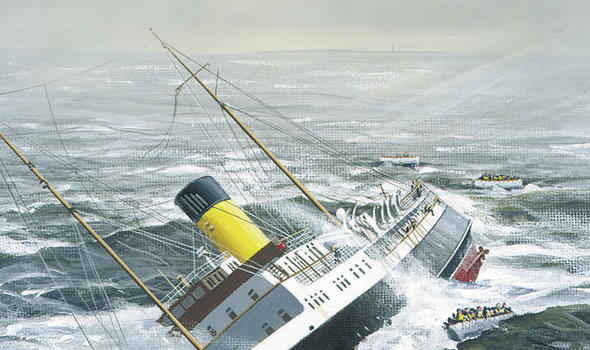
The ship was captained by 55 year old James Ferguson, who despite the gale warning made the decision to put to sea. Captain Ferguson had served as master on various ferries on the same route for 17 years. The vessel left Stranraer’s railway loading pier at 07:45 AM with 44 tons of cargo, 128 passengers and 51 crew.
Of the survivors none of the women and children on board were rescued but neither were any the ship’s officers either including the Captain. Eyewitnesses reported seeing a lifeboat containing at least some of the women and children being smashed against the side of the Princess Victoria by the huge waves. The disaster shocked many people because, although it took place in extreme weather conditions, it involved a routine journey, on a relatively short crossing (20 miles) in what were believed to be safe waters.
Survivors were pulled out of the freezing sea and many taken to Donaghadee’s Imperial Hotel, headquarters of the emergency operation. Journalists weren’t allowed near the scene; no one was talking as they protected the terrified passengers who were in shock and incoherent.
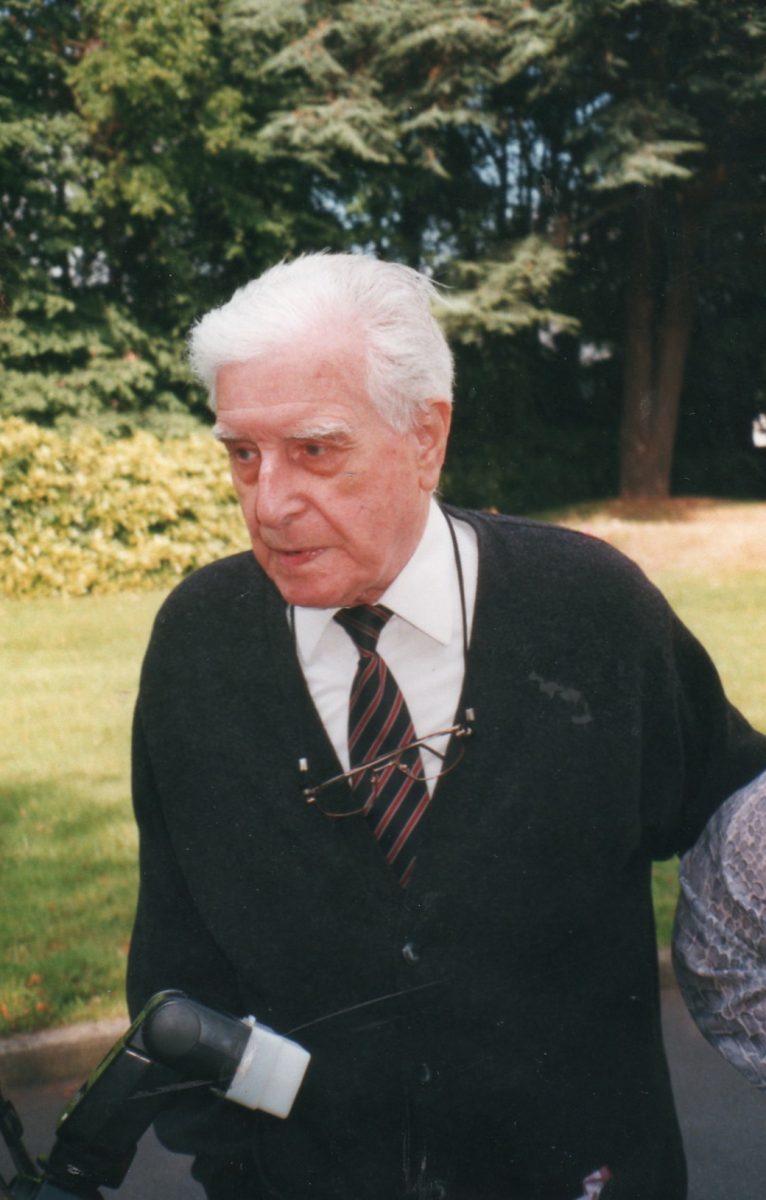
However my dear friend Paddy Scott, who in 1923 was a pupil at St. Malachy’s College and went on to become a respected journalist writing for the Irish News amongst other papers, travelled to Donaghadee determined to get his story. Someone whispered that in the hotel was a young cabin boy in a traumatic state and incoherent. Paddy suggested to a policeman that he could understand and comfort the boy who was obviously from the Islands and speaking Scottish Gaelic. Paddy was right, the boy would only communicate in his native tongue and together with the journalist’s Irish Gaelic, they talked. Once he’d heard the story first hand, from the onset of tragedy, the order to abandon ship at 2 p.m. and arriving ashore, Paddy arranged for the young man to get something to eat and to be looked after as he hi-tailed it back to his news desk with his exclusive report. Despite his own trauma, as a professional he was proud that his story beat every other journalist to the front page.
Beaufort Scale
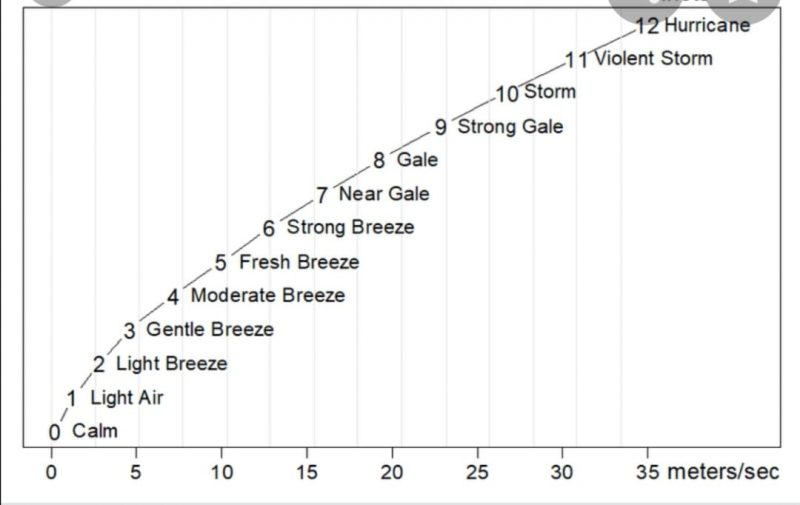
Like Paddy Scott, Belfast Telegraph journalist Malcolm Brodie remembers the day. “I’d been due to cover the football match between Linfield and the Scottish team Airdrie but because of the weather that morning, the team called off the trip. The first flush of morning news was over and we were waiting in the news room for the sports reports to come in. Then the phone rang. It was a woman on the Antrim Road who told me her husband was a sea captain and they’d shortwave radio. She said, ‘there’s a drama in the Lough’. It was the Princess Victoria who was battling against big seas, hurricane winds of Force 12, over 100 miles an hour, tossing in mountainous seas when the huge waves battered the rear doors, sheering off the bolts and flooding the car deck. I immediately went to her house and sat in a wee cubby hole with the radio as she made cups of tea.”
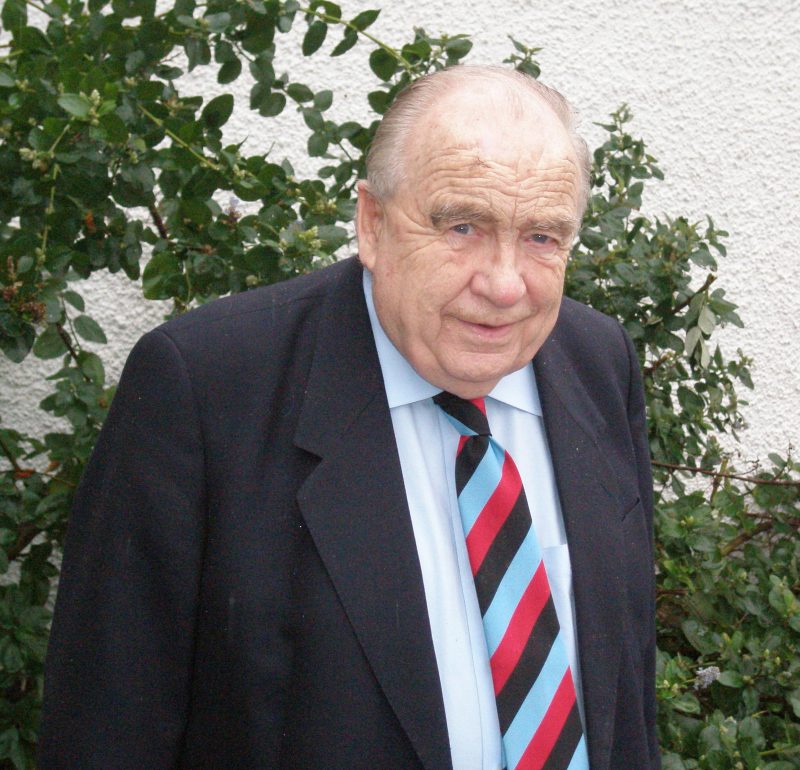
He probably heard radio officer David Broadfoot who remained at his transmitter throughout the tragedy, sending messages in Morse code in an attempt to give an exact position for rescue vessels and was posthumously awarded the George Cross for his bravery.
For two and a half hours Malcolm filed his report down the telephone line to a young John Cole, (later to become the BBC political editor) who took the copy as the story unfolded. There were notable names recorded in the list of dead. Major Maynard Sinclair, MP for Cromac, Minister of Finance and Deputy Prime Minister; Sir Walter Smiles Ulster Unionist MP for North Down and Captain James Ferguson who went down with his ship, saluting as the sea engulfed him. But the majority were families, businessmen and crew taking the routine trip of only a few miles.
There were many stories told by survivors. A First Class steward was manning one of the lifeboats, sitting in the bow and holding on to each side of the boat when a huge wave crashed it against the side of the Princess Victoria cutting off three fingers on each hand. Others swam to life rafts only to be carried away in the raging sea. One lifeboat filled with women and children was swept against the side of the sinking vessel and swamped.
Some positive actions were taken as a result of the disaster. Because the standard cork lifejackets were thought to have choked some passengers to death, today life jackets must be tied tightly and held down if jumping into the sea to prevent them pushing up and causing neck injuries or suffocation. The design of similar ships was examined and subsequently stern doors were strengthened and the size of scuppers increased.
Like Paddy Scott, later that afternoon, Malcolm Brodie headed to Donaghadee to follow up on his story, but the impact for him was when he came back to the Telegraph that evening to find thousands of people standing around Royal Avenue and Donegall Street waiting for news.
‘In the early 50s there was no news broadcasting as we have today, no Internet, no mobile phones, so they came to the source of news and that was a newspaper. For the first time in its history,’ he told me, “the Ireland Saturday Night carried a news story on the front page rather than sport and we put out a special edition of the paper on the Sunday. It was tragic,‘ he added, obviously reliving that last day of January 1953, ‘I lost a mate that day, a fellow Scot.’ He was silent for a moment. ‘We were to meet that Saturday night as usual and go dancing. It wasn’t to be.’
Malcolm was a superb journalist and a major influence in my life.
MUSICAL MEMORY OF A TRAGIC SHIP

Never mind the Opera House or the King’s Hall let alone the SSE Arena, if you want something big enough to house the Titanic, – build it and they will come.
That was the thinking of members of the award winning Belfast Operatic Company when they decided to mount the magnificent Titanic The Musical which they premiered in Ireland in 2005 and, such was the success, repeated their sold out production in 2012 for the centenary of the sinking of the most famous ship of all time. This company, 60 years old this year, have a touch and a determination to be envied. The 2012 opening night I remember was emotional but, as cast member David Robinson recalled, the final night had all on stage and in the audience in tears. “Curtain went up at 11.40 p.m. the time the ship struck the iceberg and came down at 2.20 a.m., the time the ship disappeared under the waves of the Atlantic. We’d a one minute silence and a single violinist playing “Nearer My God”, audience members dressed as passengers and crew and it was a night never to be forgotten.”
This is the attention to detail and imagination that goes into every production by this company be it Gilbert and Sullivan or Sister Act, but now, apart from being granted their third licence to produce the musical, they’ve taken on a huge challenge and are building their own theatre within the walls of the Titanic Exhibition Centre, but then that’s not unusual for this non-professional group of actors and singers to think big.

TEC – A Custom Built Space
David, who is lead designer in the project, not only sings with the company but has spent a lifetime in the business of constructing exhibitions. As son of Joe Robinson of Robinson Exhibitions, he designed and project managed the show houses at Kings Hall Ideal Home Exhibition for over 30 years. Originally he wanted to do architecture and was bound for Manchester University until his father asked him to help build the first Ideal Home House in 1975 and as he says himself, the rest is history. His expertise has taken him round the world and back, Asia, Russia, the United Arab Emirates and the United States and now onto one of Belfast’s most historic sites; the task facing David and his team is to fit the huge exhibition space with a stage, dressing rooms, specific wiring, everything the Opera House offered before – including a liquor licence.
This flexible friend is used for all sorts of exhibitions from Game of Throwns to food and drink showcases to wedding fairs and now theatre. Sitting as it does beside the slipway of the Harland and Wolff built ship, there’s an extra poignancy to the 2020 production.
“We have 100 people working on the indoor theatre which will seat 1100 people, 10% more than the Opera House. There will be lots of parking available and plenty of front of house staff to make everyone welcome and a cast of 103, plus stage crew, orchestra and production team.” No small undertaking. “The company was formed in 1960 and originally called Ballymacarrot Music Society so many of the original members had relatives living in ‘shipyard country’ and working on the White Star Line vessels including the Titanic. I personally had a great, and a great, great, grandfather – father and son,- working on the ship.”
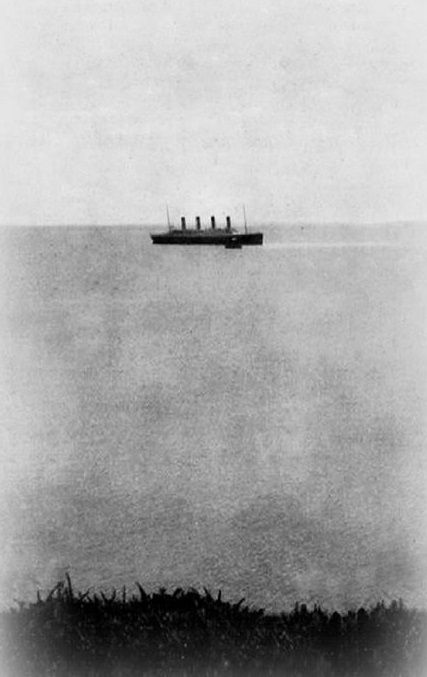
One cast member, Karen Glass who will be playing first-class passenger Edith Corse-Evans recently discovered her brother was living in Scotland in the house once occupied by Harold Bride, junior signalman who survived the tragedy. Bride and his senior colleague Jack Phillips were responsible for relaying CQD messages to ships in the vicinity which led to the survivors being picked up by the RMS Carpathia. Disliking the celebrity of being a Titanic survivor he moved to Scotland where he worked as a travelling salesman and living in Glasserton Manse. All the stories of individual passengers and crew are played out on stage and we become intimately involved in their lives for this short but dramatic time and this is the glory of the production and the music so sympathetically woven into the action by American lyricist Maury Yeston.
Challenging The Cuts
It’s amazing that at a time of cuts in arts funding this progressive company is taking on such an ambition project, strangely without any support from sponsors, such a wasted opportunity to spread the news about a unique production.
Tenor David has been singing on stage and in choirs since he was a boy scout appearing in the famous Opera House Gang Shows! In Titanic The Musical he will play the part of a toffee nosed English Major and whilst it’s second nature to him to build vast indoor arenas he’s concerned about his notes and his lines! I don’t think he’ll have a problem; like all the mums and dads, doctors and dentists, students and barristers who make up the company, the show’s the thing and David revels in the challenge.
Titanic The Musical opens on 28th April and runs until 3rd May with booking at www.goh.co.uk or phone 028 9024 1919. Details at www.belfastoperatic.org

